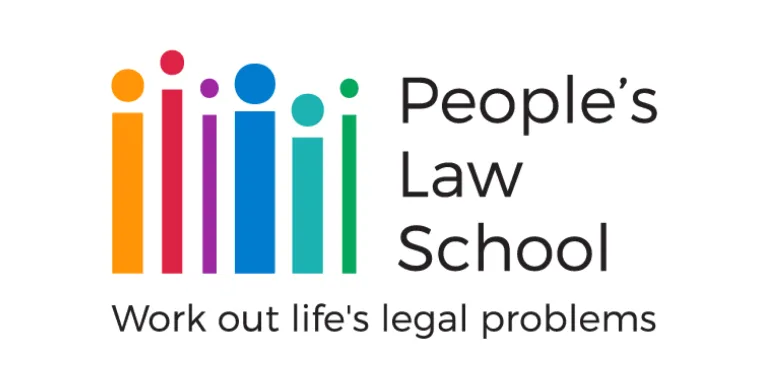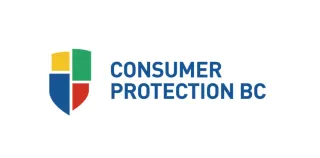When a creditor wants to repossess your property
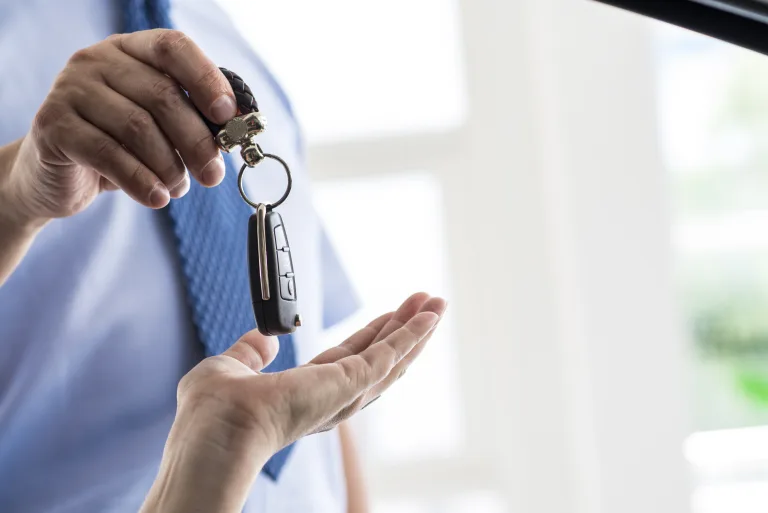
When a debtor doesn’t repay a debt, a creditor may have the option of taking property the debtor owns as payment. The legal process that’s in play is called repossession.
What you should know
When you borrow money, the lender can ask for security. This is a property interest you give them to make sure you pay them back. The property you put up is called collateral.
The details are usually put into writing in a security agreement. The debt becomes a secured debt, and the lender becomes a secured creditor. This gives them special rights under the law.
If you default on an obligation in the security agreement (miss a loan payment, for example), a secured creditor can take the collateral and sell it. This is also referred to as seizing or repossessing the collateral.
Special rules apply if the property you put up as collateral is consumer goods. This is property used or acquired for use primarily for personal, family, or household purposes.
If the collateral is consumer goods and you’ve paid back at least two-thirds of what you owe on the debt, the creditor needs a court order to repossess the collateral. (If you’ve repaid less than two-thirds, the creditor can repossess the collateral without going to court.)
As well, if the collateral is consumer goods and you default on the debt, the creditor has the option of repossessing the property. Or they can sue you for the full amount of the debt. But they can’t do both. This is called the seize or sue rule.
And if the collateral is consumer goods, you have the right to reinstate the security agreement if you pay off any arrears, together with the expense of repossessing the property. (Arrears are payments that are due but haven’t been paid.)
The creditor must then return the repossessed property.
If you default on a debt that isn’t secured, the creditor can’t just come and take your property. They have to take you to court first.
An unsecured creditor must first bring a legal action against you for the debt. They need to get a court judgment confirming that you owe the debt.
If the property they want is personal property, they can then ask the court for a second order. This order is called a writ of seizure and sale. It gives the creditor the right to take (or “seize”) your property to pay off the debt. The creditor gives the order to a court bailiff to carry out.
When a creditor wants to repossess your property under a court order, you can protect certain property from being repossessed. This is called exempt property.
Exempt property includes things like:
necessary clothing for you and your dependants
household furnishings and appliances up to a certain value
one car up to a certain value
We go deeper into these exemptions (and other points to know if you’re facing repossession). See our in-depth coverage of this topic.
Work out the problem
There are steps you can take if a creditor wants to repossess your property.
Step 1. Pay off the arrears to “reinstate” the agreement
Step 2. Negotiate with the creditor
Step 3. Claim an exemption for personal property
Step 4. Start a legal action
Step 1. Pay off the arrears to "reinstate" the agreement
If your property is repossessed by a secured creditor, you have the right to reinstate the agreement by paying off what you owe. (That is as long as the property is consumer goods.)
To reinstate the agreement, you must pay off the arrears on the debt and the expenses of repossessing the property. (Arrears are payments that are due but have not yet been paid.)
If you do this, the creditor must return the repossessed property. Then you’d go back to making payments under the agreement as if the default hadn’t occured.
Step 2. Negotiate with the creditor
In the event of repossession, you can always try to negotiate with the creditor. Explain your financial situation. If you’re having trouble making debt payments, suggest a new repayment plan. The creditor may agree to:
charge you a lower interest rate
extend the time you have to repay
reduce the amount of your payments
Step 3. Claim an exemption for personal property
When a creditor wants to repossess your property, you can protect certain property from repossession. This type of property is called exempt property. (To learn about exemptions, see the “What you should know” section.)
You must claim any exemption within two days of the property being seized. There’s no specific procedure to claim an exemption. A good first step is to make a list of the property you want to exempt.
Step 4. Start a legal action
If you think your property was wrongly taken, you can start a legal action to have it returned.
We have more detailed guidance on these steps, and more information on your rights. See our in-depth coverage of repossession.
Who can help
Consider reaching out to these agencies for help if a creditor wants to repossess your property.

Consumer Protection BC
Regulates licensed bailiffs and oversees their conduct in repossessions.
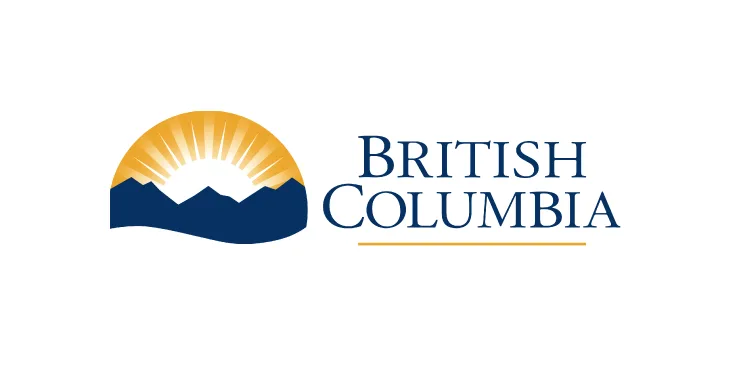
Courthouse Services
A branch of the Ministry of the Attorney General that deals with court bailiffs.
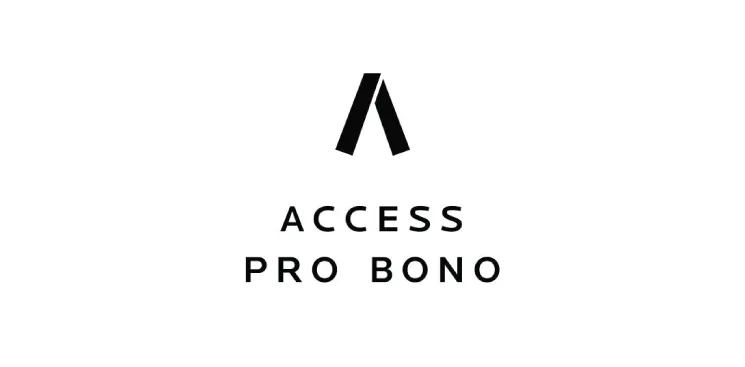
Lawyer Referral Service
Helps you connect with a lawyer for a complimentary 15-minute consult to see if you want to hire them.

Access Pro Bono's Free Legal Advice
Volunteer lawyers provide 30 minutes of free legal advice to people with low or modest income.
Reviewed for legal accuracy by
Wendy Andersen, Digby Leigh & Co. and Laura Cox, Consumer Protection BC
This information from People’s Law School explains in a general way the law that applies in British Columbia, Canada. The information is not intended as legal advice. See our disclaimer.
Related
On Dial-A-Law
Dial-A-Law has more information on Dealing with debt in the section on Money & debt.
